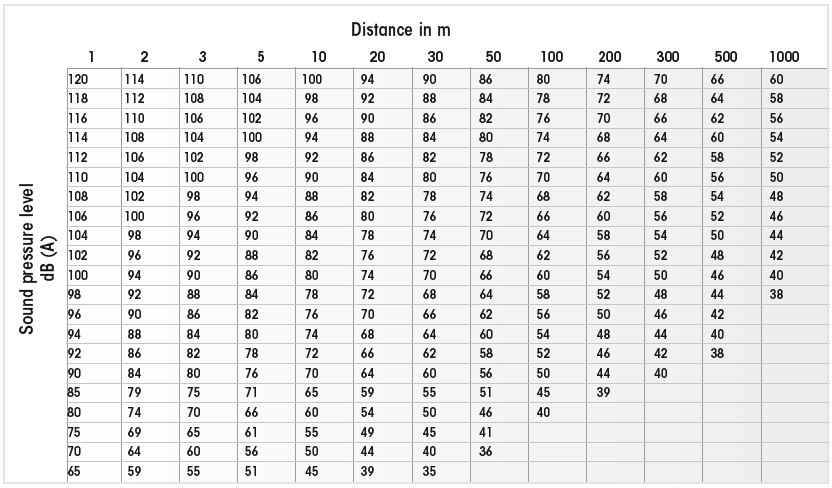Acoustics in Signalling technology
General information
Loudspeakers (electro-dynamic sound generation)
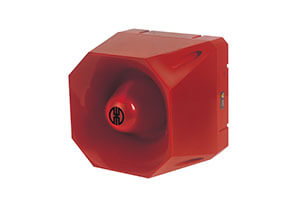
A loudspeaker converts an alternating electric current into sound waves. This occurs by means of the interaction between the electric current and a permanent magnet. The coil is positioned within the magnetic field of the permanent magnet. When an electric current is applied to the coil, the Lorentz force generated leads to a deflection of the coil, causing the membrane to vibrate.
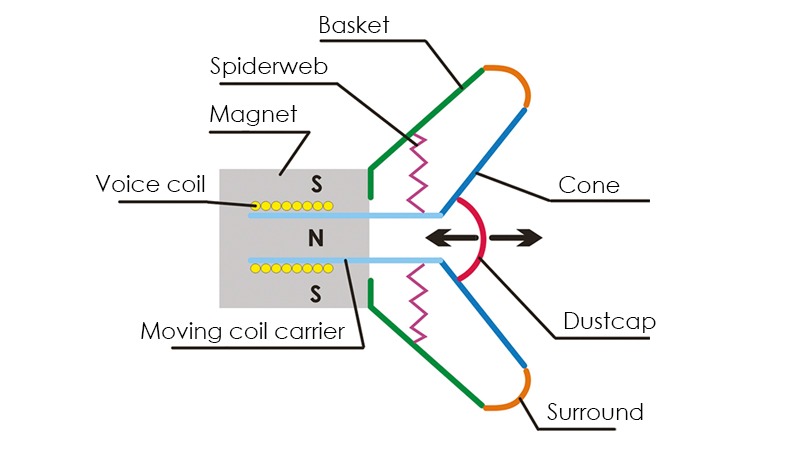
As a result of the centering spider this proceeds in an up and down motion. It centres the coil and, together with the bead, ensures that it returns to the resting position.
With the use of the appropriate size of membrane and material, as well as different drives (coils and permanent magnets), loudspeakers can be optimised for a variety of different frequency ranges.
Acoustic capsule (electromagnetic sound generation)
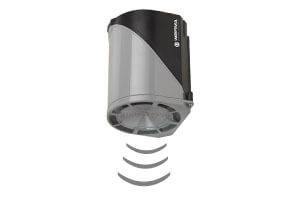
The acoustic capsule belongs to the group of electromagnetic sound generators. This principle was previously used for telephone earpieces. Within the capsule a permanent magnet serves to pre-magnetise the armature which is connected to the membrane. This is made to oscillate and these oscillations are then converted into audible tones. The acoustic capsule is characterized by a relatively simple construction and a compact form and displays a high degree of effectivity.
Piezo disc
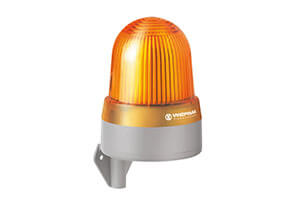
Piezoelectricity (also known as the piezoelectric effect, or for short: piezo effect) refers to the interaction of mechanical pressure (Greek piezein = to press) and electrical currents in solid bodies. It describes the phenomenon whereby the deformation of certain materials leads to the generation of an electric charge at the surface (direct piezoelectric effect).
In a reverse process these materials (predominately crystals) deform when a voltage is applied. The deflection is relatively small so they need to be transmitted to a membrane, from where the oscillations excite air molecules which are then perceived as sound.
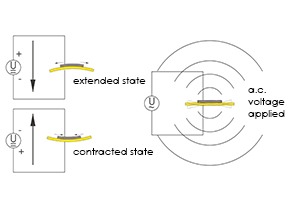
Principle acoustic parameters
Sound output level
The sound output level Lp refers to the logarithmic relationship of the square of the sound output of an acoustic event to the square of the reference value p0 = 20 μP. The result is given in decibels (abbreviation dB).
Lp = 10 log10 (p12 / p02) dB = 20 log10 (p1 / p0)dB
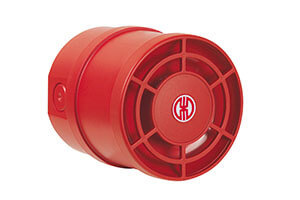
When indicating an absolute level (with reference to the standardized reference level p0 the abbreviation ”SPL” (sound pressure level) is added.
With intermediate to high levels and frequencies a sound output difference of 10 dB is heard as approximately twice as loud. Differences of 3 dB are clearly audible. The perceived sound level is not just dependent on the sound output level, but also on the spectrum of the sound signal and its temporal progression. Single tones are perceived as being considerably louder than a broadband audible signal with the same sound output level. Audible signals with sharply changing levels are also perceived as being significantly louder than uniform audible signals with the same average level.
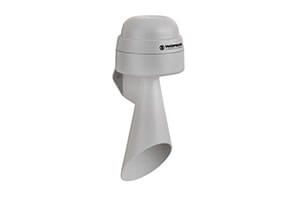
Weighting curves (A, B and C according to DIN EN 61672-1, formerly IEC/DIN 651) are the curves from weighting filters that are applied to the sound output signal. They are designed to reproduce a similar frequency response as that of the human ear for a specific sound level. However they are only able to achieve a rough approximation, the values obtained for the weighted sound output measurements do not exactly match those of the human ear.
Weighting levels are indicated by the corresponding letter of the frequency weighting, e.g. a C weighting sound output level is given in dB (C). In the field of technical acoustics the A weighting level is predominately employed. For this reason WERMA specifies levels in dB (A).

The sound output level is always dependent on the distance from the source of the sound. WERMA specifications are always based on a measuring distance of 1 m, unless otherwise stated. In the case of point sound sources (generally applies for all sources radiating equally in all directions), the sound output level decreases by 6 dB with each doubling of the distance from the source.
Environmental factors
In addition to the sound output level, the tone frequency and the distance to the signal device, environmental factors are also decisive for the quality of the signal. Wind, humidity or even rain all have an effect on audibility. A very important factor is the ambient noise level.
In industrial environments in particular, the ambient noise level produced by machines is often very high. Accordingly, the signal devices must produce a sufficiently high sound output in order to be heard.
WERMA has developed loud signal horns and sirens for this purpose. With fluctuating ambient noise levels, the use of a
siren with a self-adjusting sound level is recommended - a patented invention from WERMA.
Table of working range
